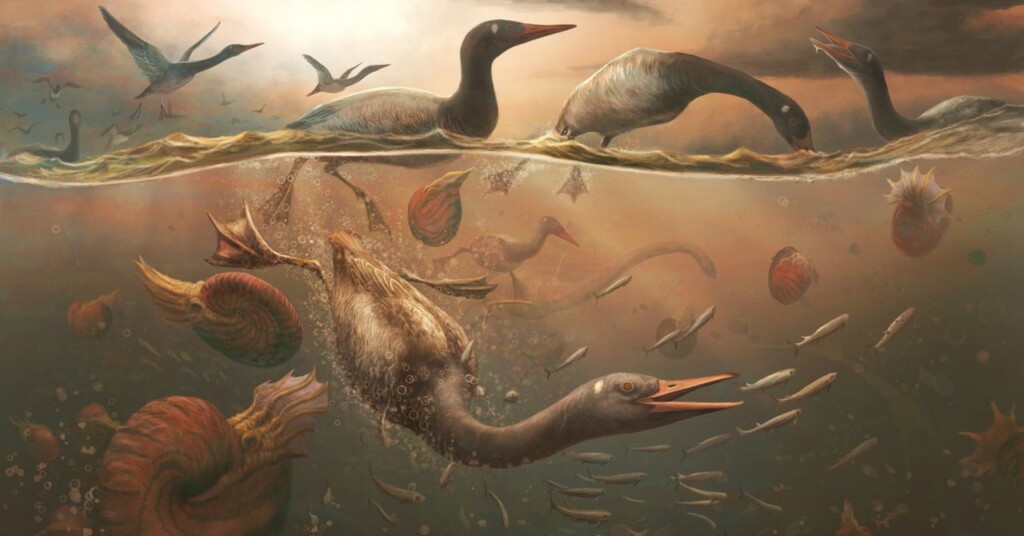
A photograph and interpretive line drawing show the Baminornis zhenghensis fossil – credit: Min WangAccording to a truly field-altering fossilized bird found in China, birds already existed in the Late Jurassic period, approximately 160 million years ago.The new discovery suggests that rather than a linear evolutionary path from dinosaur to bird, these two orders evolved somewhat simultaneously.An artistic representation of the newly discovered species, Baminornis zhenghensis, with the preserved bones highlighted – credit: Zhao Chuang.Baminornis zhenghensis is the world’s oldest species of avid. A holotype fossil was recently found in East China’s Fujian Province and described in the journal Nature. The pelvis, trunk, forelimbs, and part of the hindlimb are all intact.“Baminornis is a landmark discovery and ranks among the most important bird fossils unearthed since the discovery of Archaeopteryx in the early 1860s,” Stephen Brusatte, a paleontologist from the University of Edinburgh who was not involved in the study but wrote a commentary accompanying it, tells Xinhua.“This is a groundbreaking discovery. It overturns the previous situation that Archaeopteryx was the only bird found in the Jurassic Period,” Zhonghe Zhou, a paleontologist at the Chinese Academy of Sciences and co-author of the study, tells the Chinese news agency...

